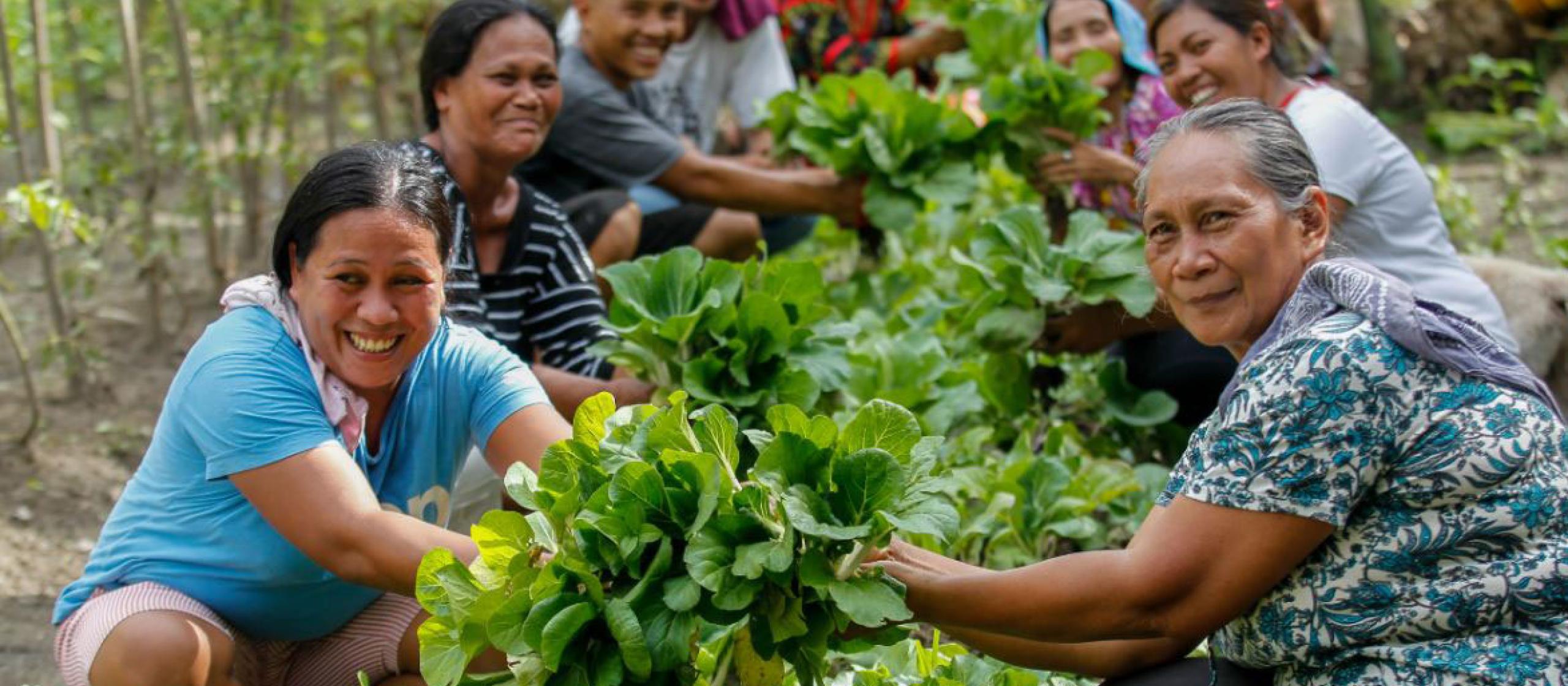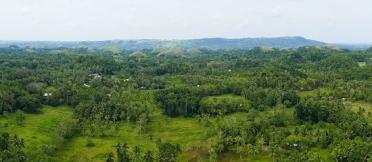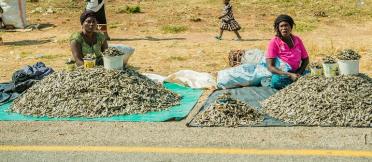Dr Mary Johnson, Research Fellow, RMIT University, leads an ACIAR-supported project that is working in the Philippines to implement LIFE in three conflict-affected or conflict-vulnerable sites across Mindanao: in Zamboanga Sibugay, Maguindanao and South Cotabato. The project works with local partners, the University of the Philippines (UP) Mindanao, UP Los Baños and Landcare Foundation of the Philippines, Inc.
LIFE involves a 15-step approach that starts with the appointment of a facilitator who lives in and is part of the community—ensuring they are culturally attuned and have existing local relationships.
‘Formerly, extension processes have come from a position of “Here’s a problem; here’s a solution; this is what you do” but this is not the approach we took at all,’ says Dr Johnson. ‘We focused on working with farmer groups and communities—people as the solution, not the problem.’
Instead, the team supported the development of local farmer groups who worked with their facilitators to help them achieve what they wanted through their networks.
It’s about shoring up existing or developing new networks between farmers, farmer groups and, for example, in the Philippines, local government units or NGOs that are operating in their area,’ says Dr Johnson.
Core to this work is building on social capital within communities. Dr Johnson explains, ‘Social capital is about how the community gels together, the social links and networks, who’s talking to who, and how connections are made for social and business interactions.’
For example, in Maguindanao the farmers were mostly growing just corn or coconuts in a monocropping regime, with little knowledge of, or capacity to grow, other crops. The facilitators helped the farmers look for various opportunities and they identified vegetable production as a priority. The facilitators then linked the farmers to a local government program to access inputs such as seeds and get the advice they needed to start production. Now they are growing vegetables to eat and are growing enough to sell as well.
Jury Alimonjanid is a farmer from Ampatuan, Maguindanao, which is the site of the infamous Maguindanao Massacre of 2009 where 58 people were killed in an attack sparked by political rivalry. Unrest remains and continues to threaten the lives and wellbeing of the local people.
As a result of the project, Mr Alimojanid still grows corn and coconuts but now also grows rice, bananas, vegetables and fruits. ‘Before the LIFE project, we only had a few crops and a low income because we lacked knowledge on farming technology,’ he says.
‘When the project arrived we learned a lot, especially on the proper use and application of mulching, water impounding and organic fertiliser, which we then used on our crops.
‘The project helped us learn how to properly plant and manage these crops. This is a big help for us since we get our income for education and household needs from these.’
In some cases, farmers’ annual incomes have increased by up to 80% where LIFE has been implemented. Moreover, through part of the broad consultation and engagement steps that form part of LIFE, visits to neighbouring farms and conversations can take place that would not have otherwise occurred. This has allowed relationships between previously distant Muslim, Christian and Indigenous farmers and communities to improve.





